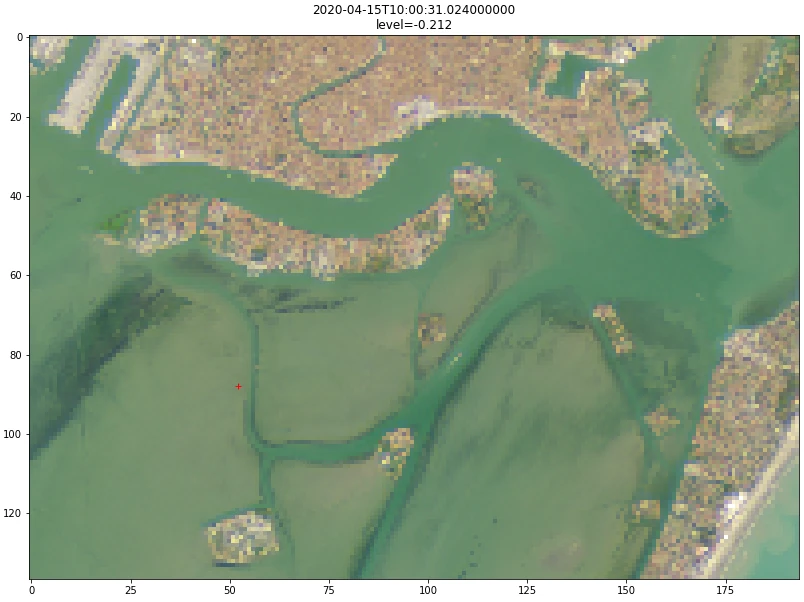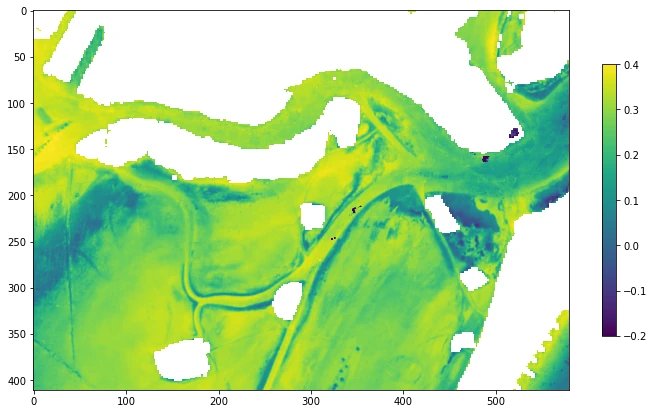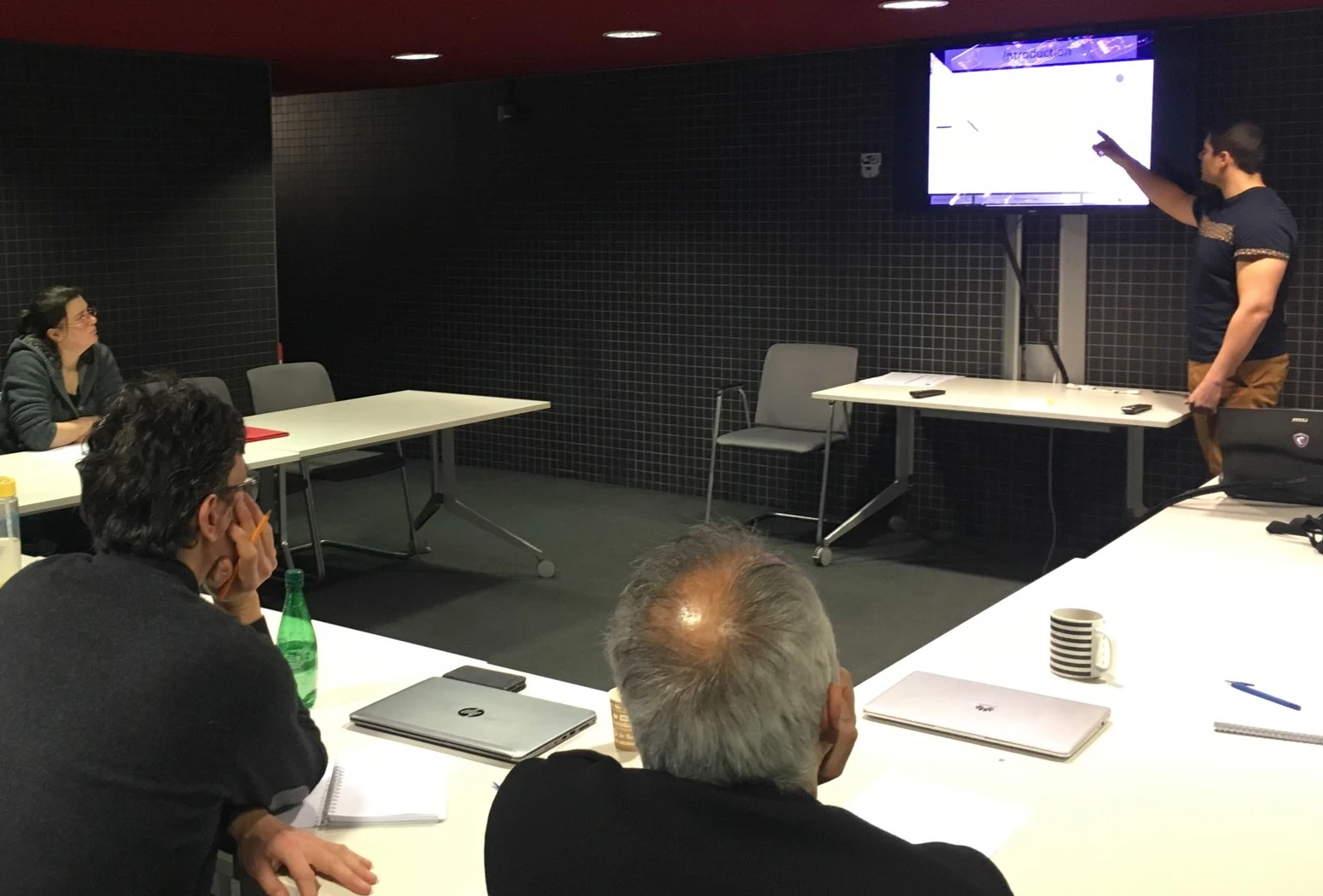The radiative transfer is at the heart of HYGEOS research and development activities. We have an in-depth understanding of the physical processes governing the interactions of solar radiation with atmospheric components, water, vegetation and soil. Associated with high programming skills and up-to-date technologies, we develop innovative methodologies to process ground-based and satellite sensors data to retrieve Earth surface and atmospheric physical properties.
The continuous and long-term investment of HYGEOS in research and innovation is translated through numerous scientific publications in peer-reviewed journals. It also allows to develop highly-performing tools like Polymer, SMART-G and SMAC-CL.
Examples of current research topics
In her air quality activities, HYGEOS works on an integrated approach to enhance the modelling of second organic aerosols. These latter are produced via the oxidation of intermediate and anthropogenic volatile organic compounds. A new desert dust and sea-salt aerosol emission scheme, based upon machine learning technique, is also in development.
In her water quality activities, HYGEOS works on the improvement of the atmospheric corrections over transitional waters (estuaries, lagoons and deltas) by taking into account the benthic and adjacency effects. The retrieval of seafloor reflectance and of a satellite-derived bathymetry is also investigated, in particular to characterize the presence of underwater seaweeds.






